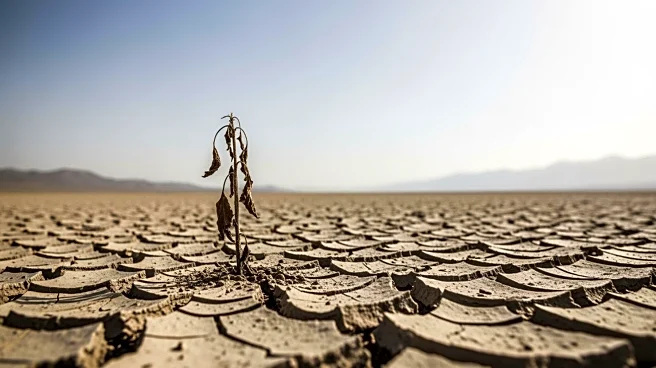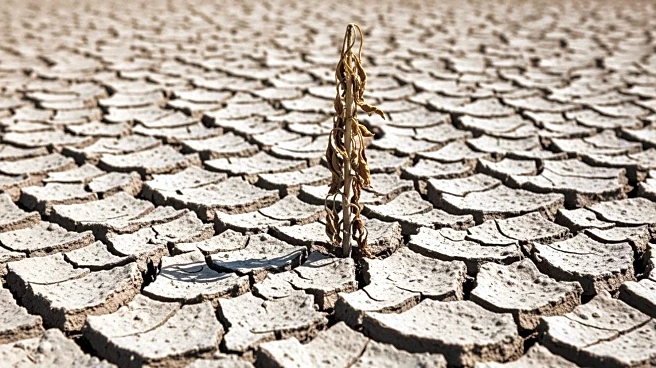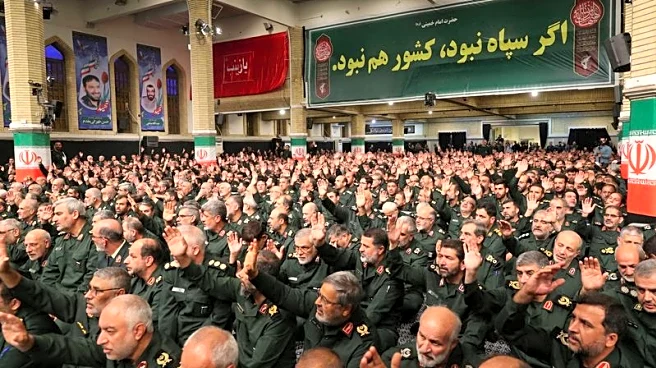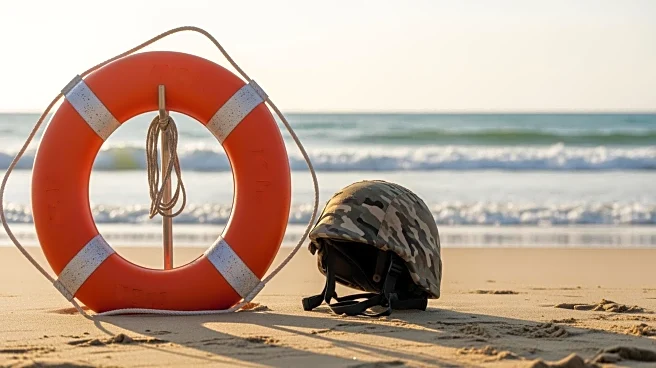What's Happening?
Iranian President Masoud Pezeshkian has issued a warning about the severe water shortage crisis in Tehran, which could lead to the evacuation of the city if the situation does not improve. Tehran, with
a population of 20 million, is facing a critical water shortage due to declining rainfall and overuse of water reserves. The city relies on five main reservoirs, which have reached their lowest levels in a century. The president highlighted the need for better management of water and energy resources, as the drought continues to threaten the capital and other parts of Iran.
Why It's Important?
The water crisis in Tehran is a reflection of a broader issue affecting Iran, where years of drought and mismanagement have led to a nationwide water scarcity problem. This situation poses a significant threat to urban and rural areas, impacting agriculture, industry, and daily life. The potential evacuation of Tehran underscores the severity of the crisis, which could have far-reaching implications for Iran's economy and social stability. The crisis also highlights the challenges faced by countries with semi-arid climates in managing natural resources amid environmental and economic pressures.
What's Next?
Without substantial rainfall, Tehran may face strict water rationing and potential relocation of residents. Authorities are calling for long-term reforms and infrastructure upgrades to address the crisis. The situation demands immediate conservation efforts and better control of water use in agriculture and industry to prevent further deterioration.













